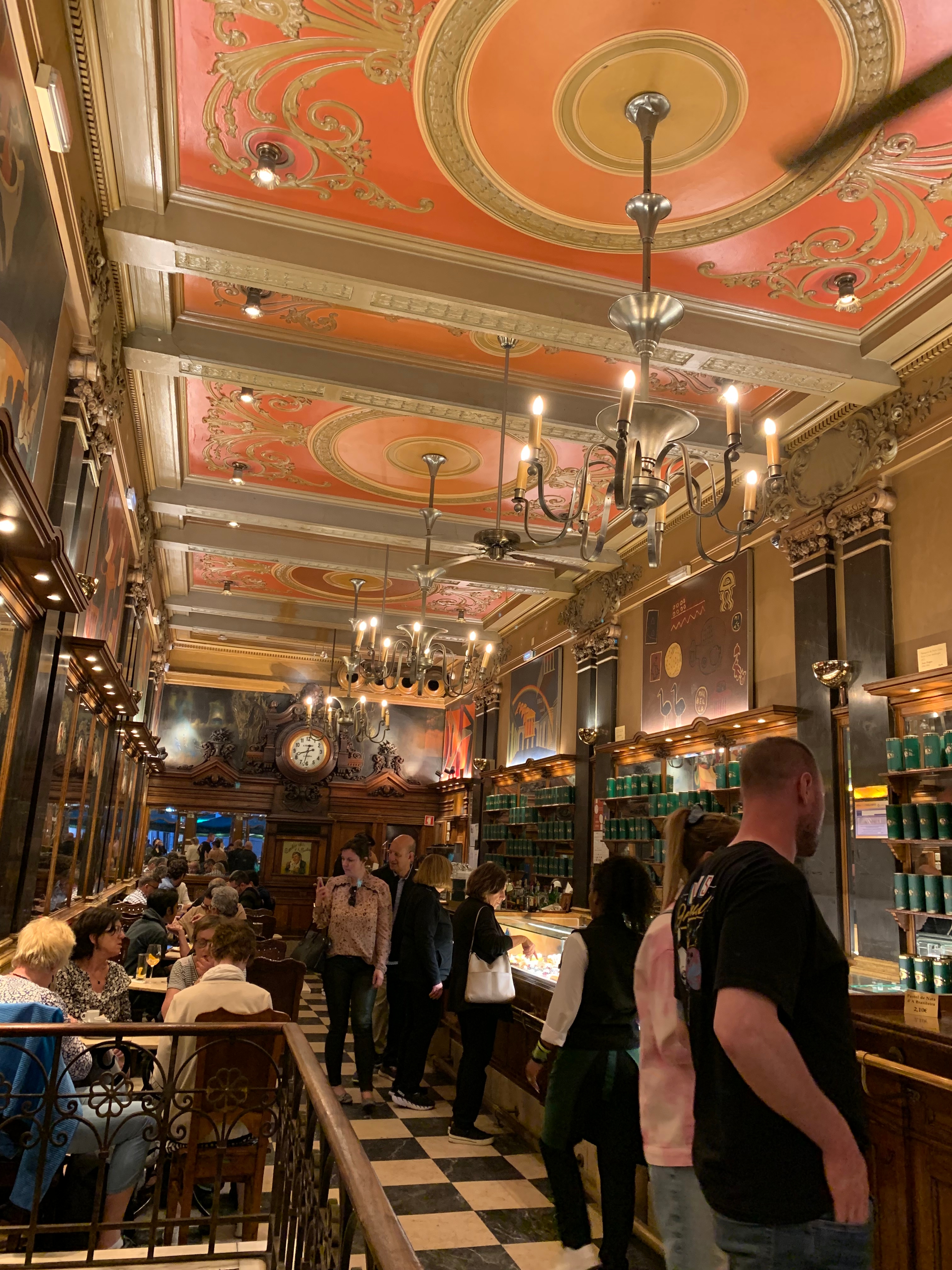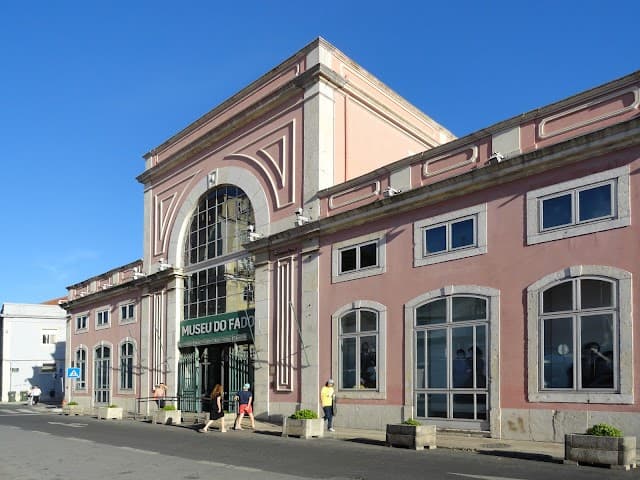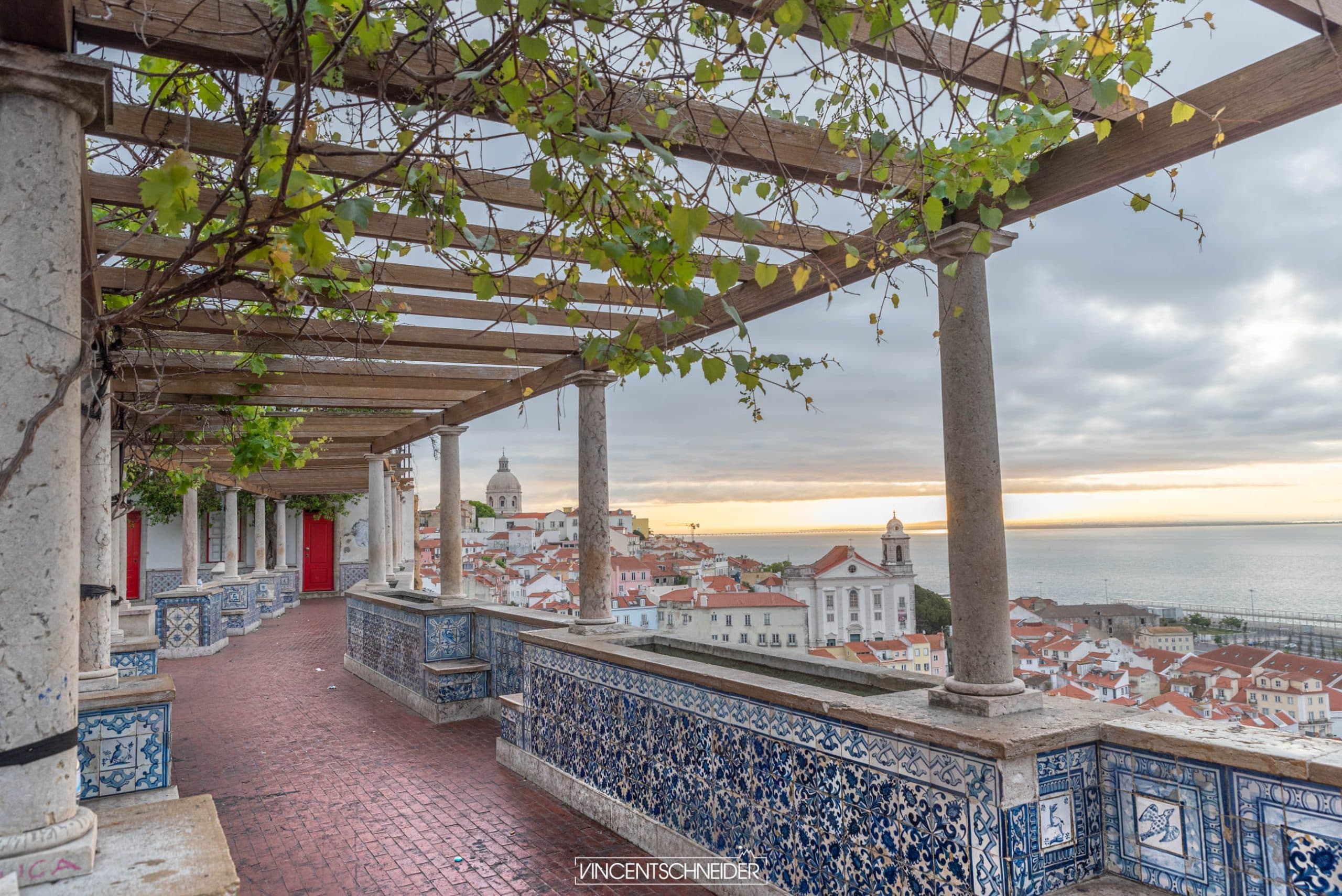
You only have two days and want to experience the best of Lisbon without rushing or missing its soul? Good news: the Portuguese capital is perfectly suited for a 48-hour getaway. With its walkable size, picturesque trams, hilltop viewpoints, and rich culture, Lisbon offers a dense, varied, and unforgettable itinerary.
This guide provides a route designed to balance the city’s must-sees with local gems, ensuring every hour reveals a new side of Lisbon’s history, food, art, and warmth.
Day 1: Dive into Lisbon’s Historic Soul
Morning: Alfama and São Jorge Castle
Start your trip in the heart of Alfama, one of Lisbon’s oldest districts. Its narrow, steep streets lined with flowered balconies transport you back in time. This is where the city’s popular soul beats strongest, with laundry hanging from windows and small taverns where fado songs sometimes echo.
As you walk up toward São Jorge Castle, you’ll enjoy spectacular views over the Tagus River and the city’s terracotta rooftops. Inside, the castle’s walls and towers immerse you in medieval Lisbon.
Coffee break: ginjinha or Lisbon espresso
Before heading down, stop at a small local shop to try a ginjinha (a traditional cherry liqueur) or simply a coffee with a pastel de nata. These little indulgences are an essential part of Lisbon’s rhythm.
Lunch: traditional flavors
For lunch, choose a typical tasca (local eatery). Try bacalhau à Brás (shredded cod with eggs and potatoes) or grilled sardines, both culinary icons of Portugal.
Afternoon: Baixa and Chiado
Head down to Baixa, the district rebuilt after the 1755 earthquake. With its grand avenues and elegant squares such as Rossio and Praça do Comércio, it showcases neoclassical Lisbon in all its light and symmetry.
Continue to Chiado, an elegant neighborhood filled with historic bookshops, literary cafés, and refined boutiques. Don’t miss A Brasileira, the iconic café where writer Fernando Pessoa was a regular.
Evening: dinner with fado
In the evening, head to Mouraria or back to Alfama for an essential experience: dinner with live fado. In an intimate setting, enjoy traditional dishes while listening to the melancholic songs that capture the Portuguese soul.

© LR
Day 2: Modern Lisbon and Open Horizons
Morning: Belém and its monuments
Devote your second morning to Belém, a district rich in UNESCO World Heritage landmarks. Belém Tower, the Jerónimos Monastery, and the Discoveries Monument all recall Portugal’s golden Age of Exploration.
Don’t miss the famous pastéis de Belém, warm custard tarts sprinkled with cinnamon and served fresh from the oven.
Lunch: contemporary cuisine
In Belém, many modern restaurants put a creative spin on Portuguese dishes. Enjoy a sunny terrace and savor seafood cataplana or grilled octopus.
Afternoon: LX Factory and street art
In the afternoon, head to LX Factory, a former industrial site turned creative hub. With design bookstores, concept stores, trendy restaurants, and large street art murals, it’s one of Lisbon’s most vibrant spots. It’s also perfect for a relaxed coffee break while people-watching.
Late afternoon: sunset from a rooftop
Before dinner, climb to one of Lisbon’s many rooftops. Park Bar, on top of a parking garage, and Topo both offer spectacular views of the city and the Tagus River. With a cocktail in hand, you’ll understand why Lisbon is known as the city of seven hills.
Evening: Bairro Alto and nightlife
End your 48 hours in Bairro Alto, where the streets transform at night into a celebration of bars, live music, and conviviality. Whether you prefer craft beer, creative cocktails, or small intimate clubs, you’ll find your place here.
Alternatives for Every Taste
- For museum lovers: the National Azulejo Museum or the MAAT (Museum of Art, Architecture and Technology).
- For nature enthusiasts: a walk through Parque das Nações, the city’s modern riverside district.
- For shoppers: explore Chiado’s boutiques or the Avenida da Liberdade, often called Lisbon’s “Champs-Élysées.”
Practical Tips for a Perfect Weekend
- Transport: buy a Viva Viagem card, valid on the metro, buses, and trams.
- Comfortable shoes: Lisbon is a city of hills — you’ll thank yourself later.
- Weather: the capital enjoys abundant sunshine, but bring a light jacket for the evening.
- Language: Portuguese is the official language, but most locals speak English and many understand French.
Conclusion
In just 48 hours, it’s possible to grasp the essence of Lisbon. From the authenticity of Alfama to the grandeur of Belém, the elegance of Chiado, the creativity of LX Factory, and the emotion of fado, every moment becomes an experience.
Lisbon is a city that lives in both past and present, where every street tells a story and the gentle pace of life blends with creative energy. Two days are enough to fall in love with this bright, colorful capital — and to know you’ll want to come back again and again.
Share this article
Suggested articles

Lisbon Fashion Week, Showcasing Portuguese Creativi
When Lisbon dons the attire of a creator and its streets transform into runways, it’s clear that ModaLisboa, the Lisbon Fashion Week, has returned !
.jpg&w=3840&q=75)
Maritime Museum in Belém, The Soul of Portuguese Navigators
On the banks of the Tagus River, near the historic Belém Tower in Lisbon, lies a place that transports visitors to the heart of Portugal’s great maritime adventures : the Maritime Museum (“Museu da Marinha” in Portuguese).
.webp&w=3840&q=75)
The National Azulejo Museum in Lisbon
A true cultural treasure lies hidden in the peaceful neighbourhood of Xabregas in Lisbon: the National Azulejo Museum (Museu Nacional do Azulejo). Often overlooked by tourists, this museum, housed in the magnificent Madre de Deus Convent founded in 1509 by Queen D. Leonor, is well worth a visit.
.jpg&w=3840&q=75)
The Calouste Gulbenkian Museum : Lisbon’s Hidden Masterpiece
In the heart of a quiet Lisbon district, away from the hustle and bustle of the city centre, lies a treasure often overlooked : the Calouste Gulbenkian Museum! A true gem for art lovers (and not only them), this place is often described as a “hidden masterpiece”, as its richness far exceeds its sober appearance and discreet location…

Fado Museum in Lisbon, Living Memory of a Music
In the heart of Lisbon’s historic Alfama district, the Fado Museum is a must-visit for anyone wanting to understand the musical soul of Portugal ! Opened on 25 September 1998, this museum is entirely dedicated to fado, the melancholic and passionate Portuguese music genre.

The Famous “Miradouros” of Lisbon
To begin with, Lisbon is a city of hills and light. Built on seven heights descending toward the Tagus River, it has developed a genuine culture of panoramas — those famous miradouros, urban lookouts where people pause to breathe, watch, talk, dream, or work out. They’re not just viewpoints — they’re living places, often featuring a kiosk, shaded benches, a garden, sometimes a street musician blending with the city’s rhythm. At each one, you get that feeling that the whole world agreed to meet right there. It’s an atmosphere, an indescribable experience. Wandering from one miradouro to another is like reading Lisbon as an open book, page after page, from sunrise to sunset.


